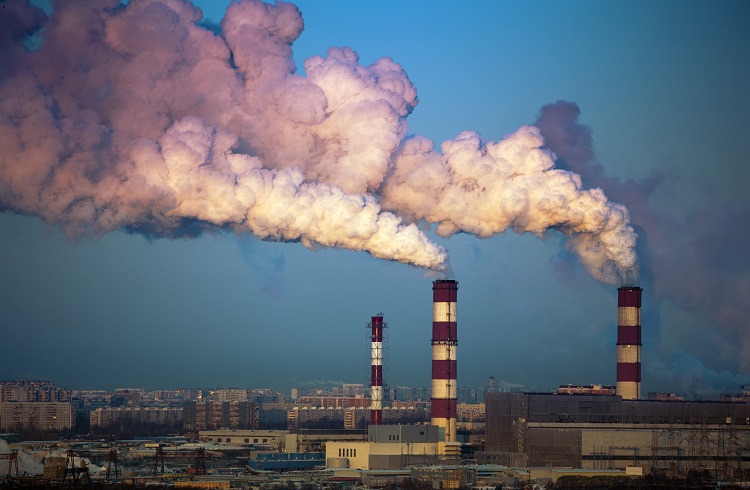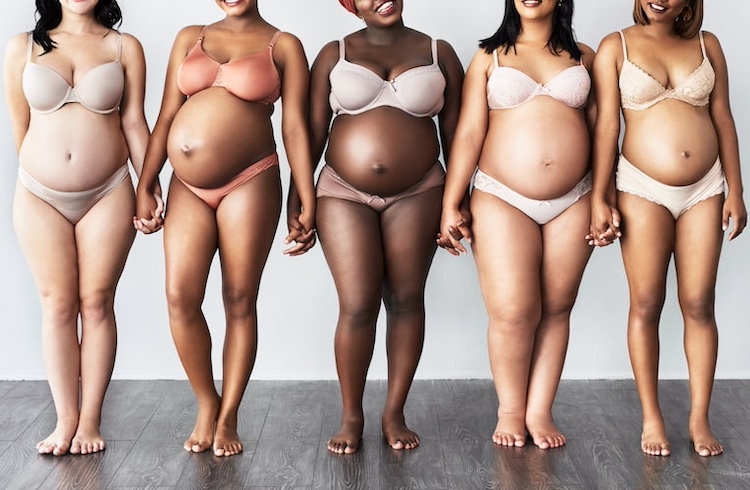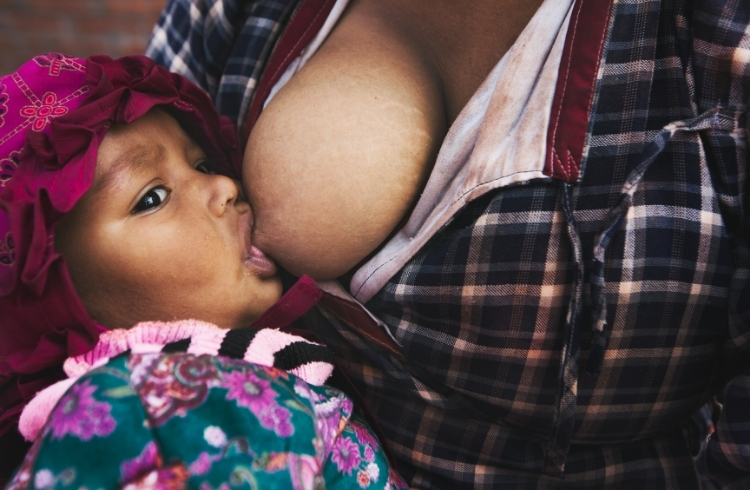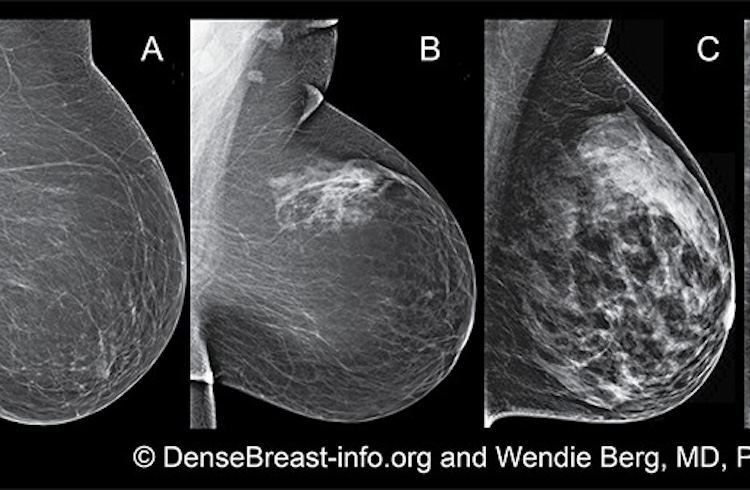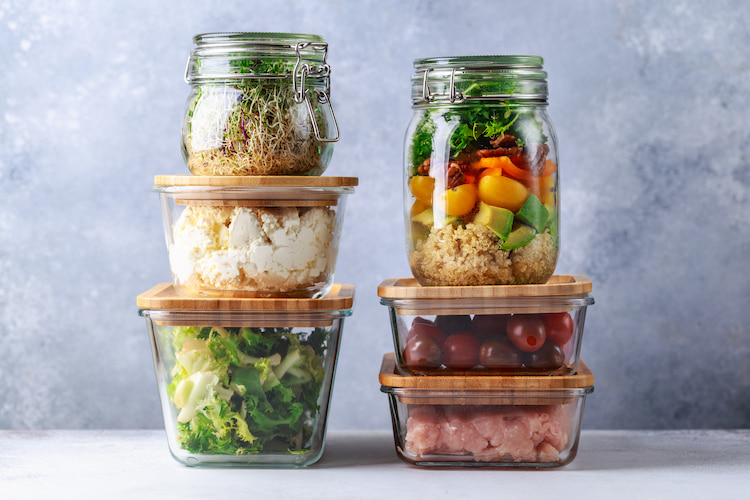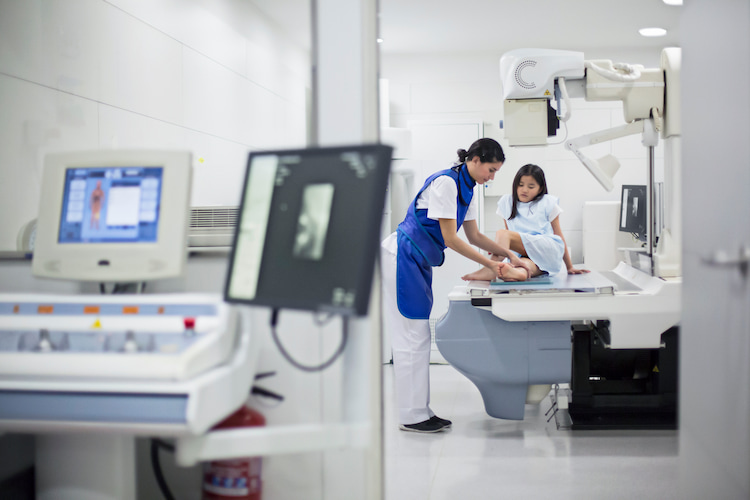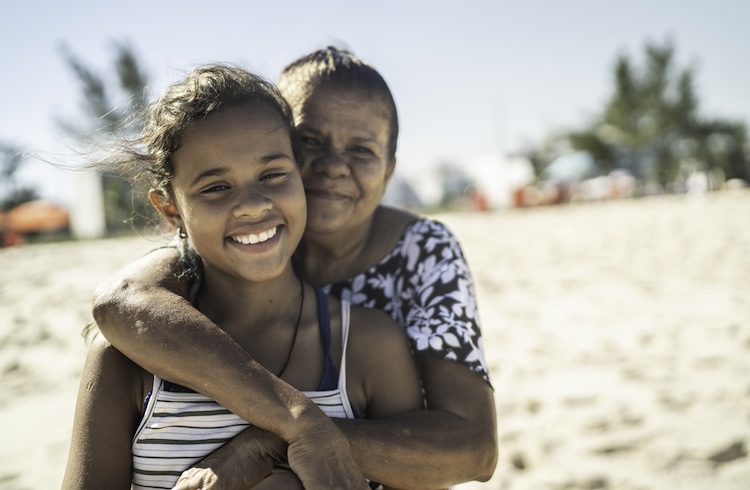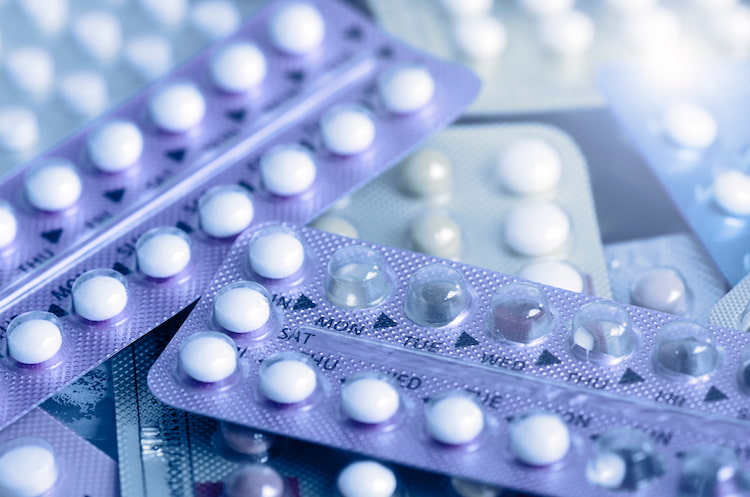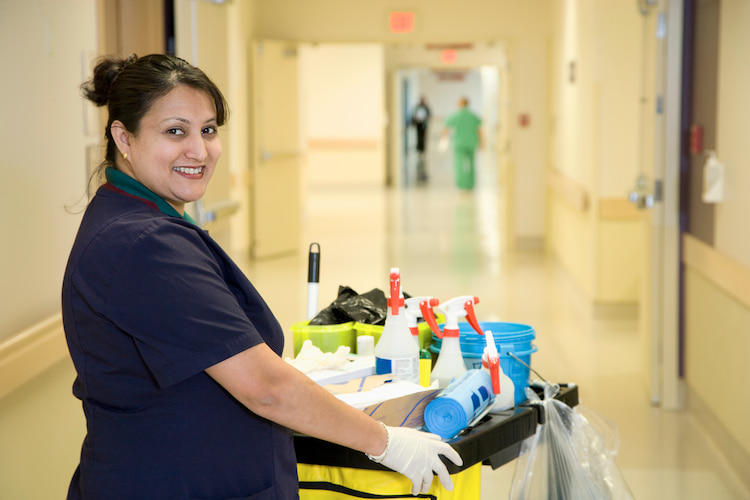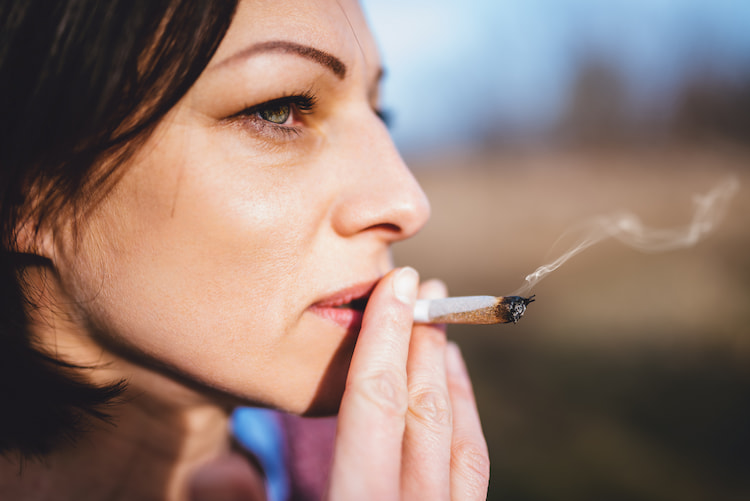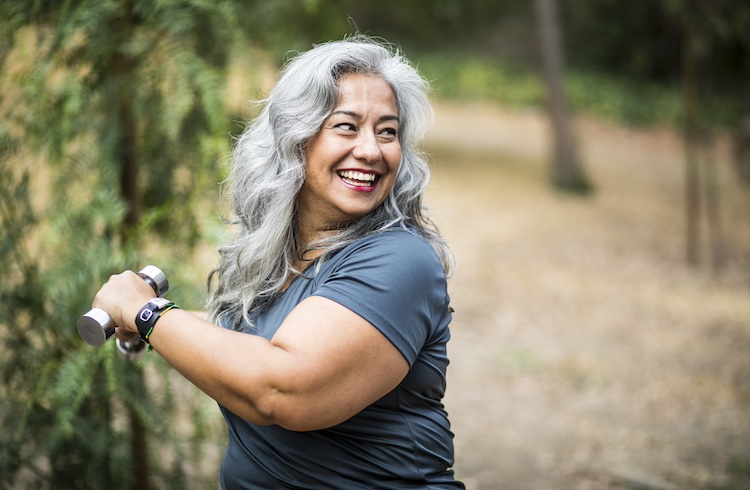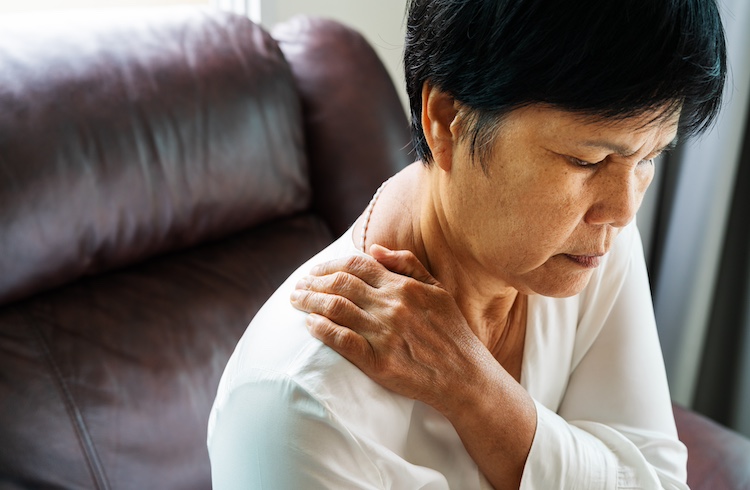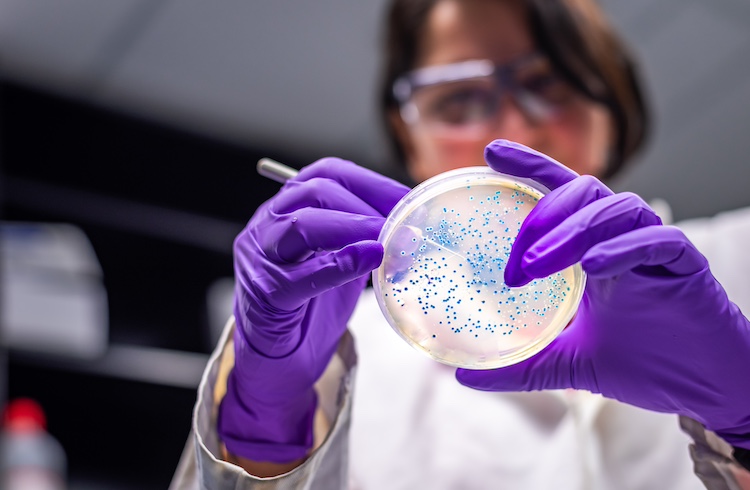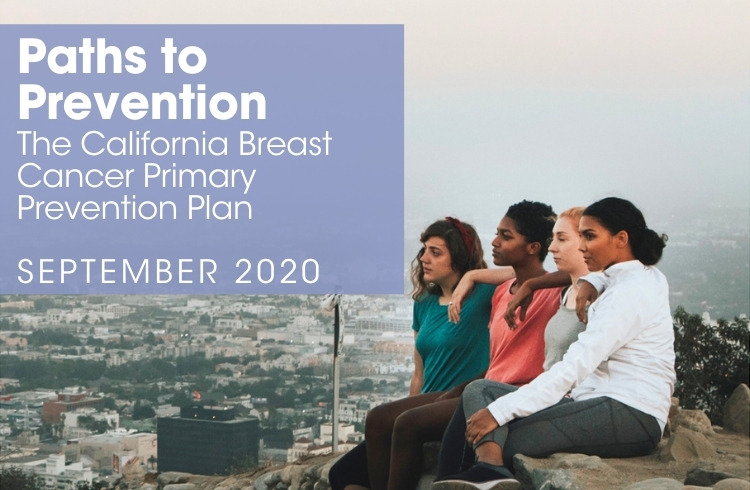
Breast Cancer Risk Factors
When it comes to preventing breast cancer, 90% of breast cancers can’t be explained by genetics alone. Learn the protective (meaning they can decrease breast cancer risk), potentially harmful, and emerging factors that can impact your risk of breast cancer.
Factors that influence breast cancer risk include:
- Lifestyle factors like diet and exercise
- Systemic factors like race, power, and inequities
- Chemical and radiation exposures (see our Glossary of Exposures for exposures to avoid)
- Genetics
This information is based on the groundbreaking report Paths to Prevention: the California Breast Cancer Primary Prevention Plan, which is a blueprint for reducing breast cancer incidence across the U.S.
Foundational Risk Factors
Protective Factors
Risk Factors
Emerging Risk Factors
Thank you for joining BCPP!
Join the BCPP Community
FEATURED VIDEO
BCPP: Exposing the Cause is the Cure
We're preventing breast cancer before it starts by eliminating our exposure to toxic chemicals and radiation.


